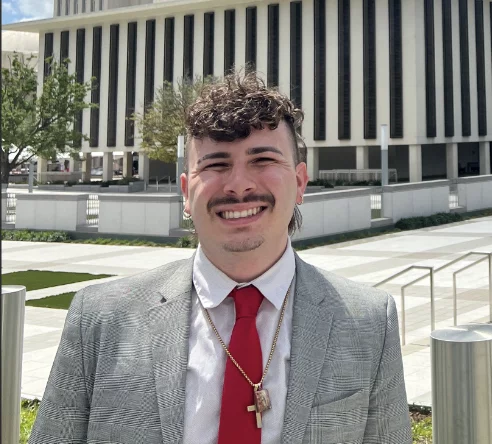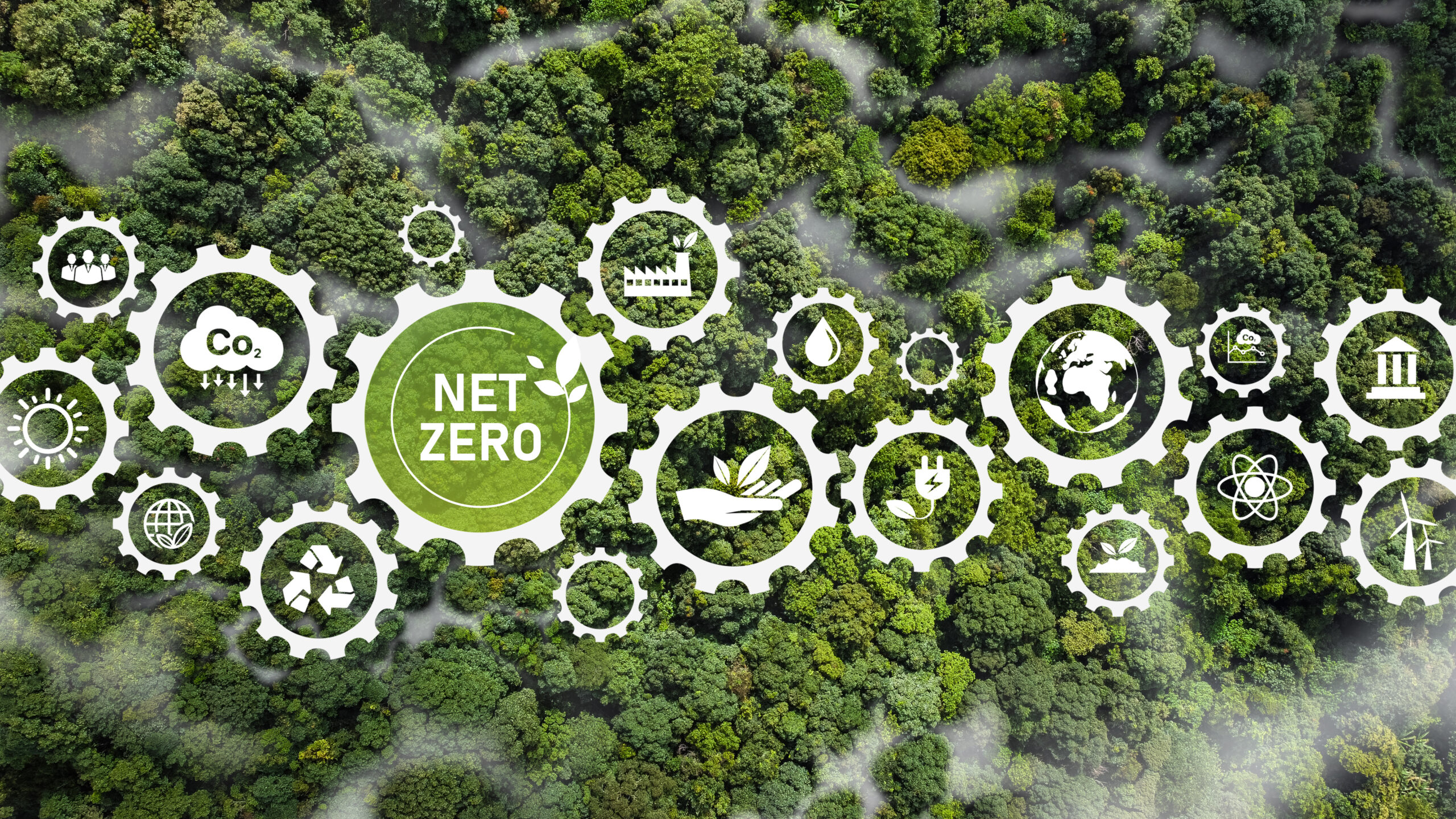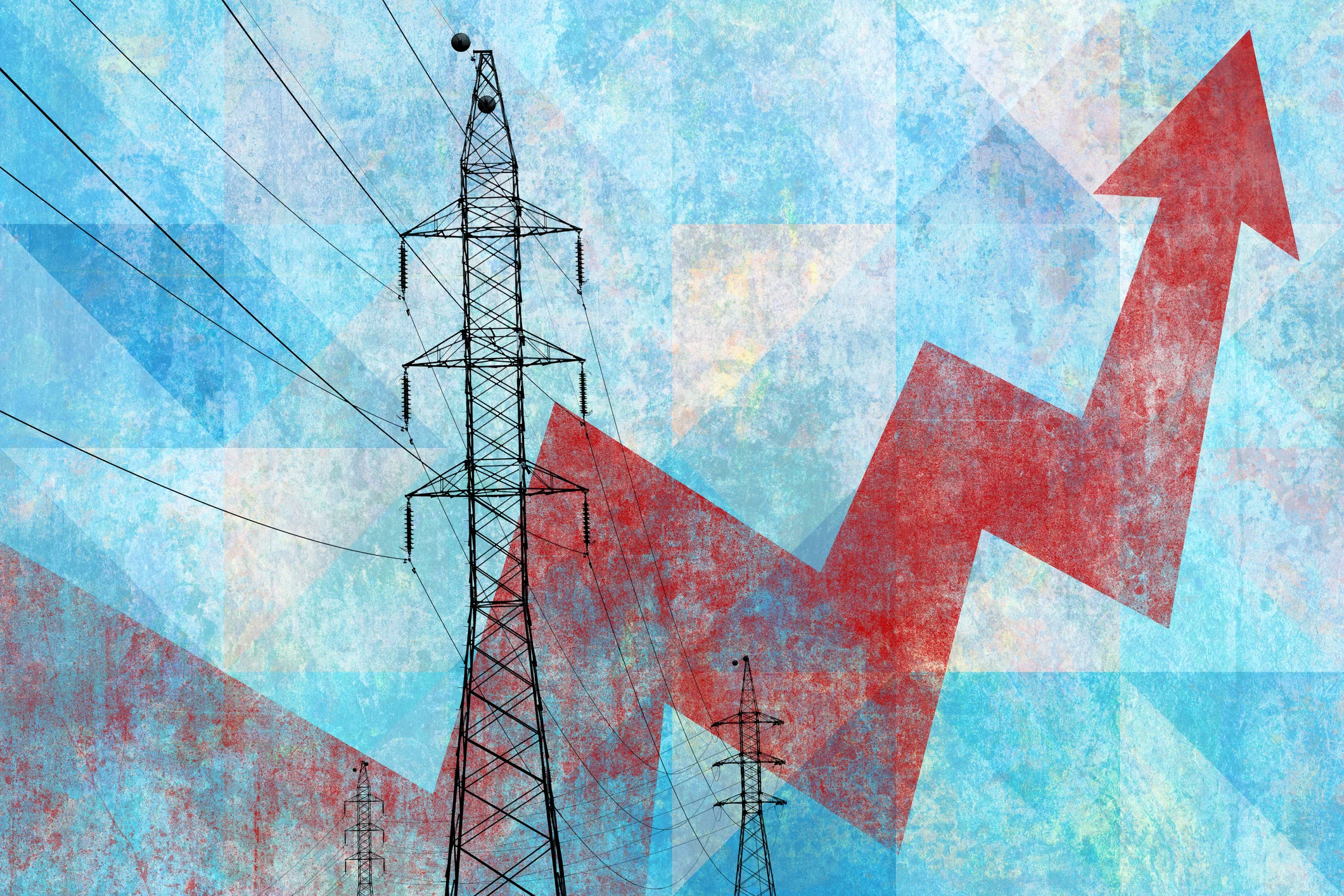While the clean energy transition has often been seen as an urban undertaking, rural states are equally benefiting from the opportunities available through the Inflation Reduction Act (IRA). These communities represent an untapped potential in the American renewable energy market, and rural geography and climate provide them with large amounts of renewable energy potential. Currently, the energy industry in rural and southern states is driven by oil, gas, and coal resources, although the IRA has offered an opportunity to transition. In addition to a select few state initiatives or utility-established climate targets, the passage of the IRA has accelerated the investment in clean energy in rural regions. With new carbon-free projects coming online, distributed energy resources (DERs) will be at the forefront of this change.
How the IRA Changes the Landscape
According to RMI, the IRA benefits states with strong renewable energy potential and industrial activity the most. Those locations are primarily found in the Great Plains and Southern U.S., with the sunbelt having the highest levels of sun coverage and the Great Plains having the highest levels of energy-generating winds in the country. Likewise, industrial communities/states will uniquely benefit from the IRA’s investments as they have a strong industrial workforce that can help jumpstart these clean energy projects.
The Benefit of a Grid-Edge Distributed Energy Resource Management Systems (DERMS)
Current means of energy generation function similarly to a well water pump. When demand rises, the water pump begins pumping water to the faucet or other valve, so long as there is water available. Fossil fuel energy generation works in the same way; if an electric grid needs more electricity for a hot summer day, power plants ramp energy production such as burning more coal or combusting more natural gas. By contrast, renewable energy is a bit different because it’s comparatively variable as opposed to fossil fuels; it’s subject to natural forces like the earth’s rotation, geographies, and weather conditions. Unless you’re able to use it as it is generated or store it in batteries for later, the energy can be lost.
Distributed energy resources (DERs) help to solve this issue. DERs can be used to shift loads and free up energy in times of need without the traditional “use it or lose it” conundrum of the past. DERs effectively bring back the “pump” of energy but with renewable energy. DERs work on an individual level and reduce consumption at places that need it the most. Grid-Edge Distributed energy resource management systems (DERMS) realize the potential of single, behind-the-meter DERs by aggregating them into a singular renewable energy resource that utilities can use to redistribute needed energy during times of peak demand. Through the use of Topline Demand Control, utilities can bank on reliable outcomes from those exact behind-the-meter DERs. DERMS serves as a controller for the new clean energy that’s generated from this investment.
Distributed energy resource (DER) technologies bring greater flexibility to utilities by providing low-cost alternatives to meet peak demand, which saves on expensive energy costs while enhancing grid resiliency. Distributed energy resources (DERs) can lower toxic carbon emissions, replacing them with clean, community-driven energy alternatives. As a non-wires alternative, DERs serve to reduce, delay, or replace the need for expensive and dirty peaker plants and other costly transmission infrastructure. These attributes not only help to increase energy efficiency, but helps to ensure the grid remains stable during extreme weather events, peak demands, and more.
The Future of the IRA/Demand Energy Resources (DERs)
With the passage of the Inflation Reduction Act and the Bipartisan Infrastructure Law now is the perfect time for states and utilities to look at expanding renewable energy projects and coupling them with DER programs. As more EV infrastructure heads out of urban areas, rural co-ops can initiate EV-managed charging programs, as well as battery programs using reciprocal V2G charging strategies. Furthermore, solar panels are 94% cheaper than in 1989, and those costs only promise to continue to drop, making solar installations an increasingly viable option for homeowners, while providing the means for community-driven renewable energy through programs like virtual power plants. Through robust tax credits and grants, utilities are empowered more than ever to turn to distributed energy resources (DERs) as an increasingly viable and affordable alternative to expensive and carbon-heavy fossil fuels.





